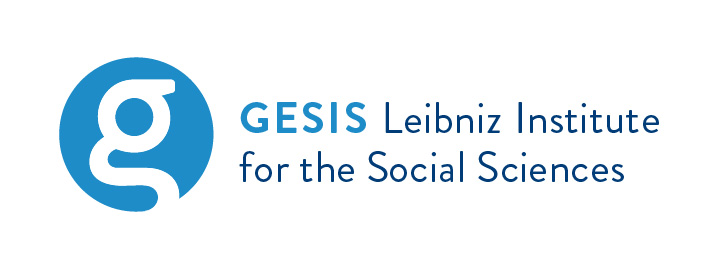The Impact of Frequency Formats on the Measurement of Subjective Probability
Abstract
In many surveys on deviant behavior the measurement of subjective probability is an important goal (e.g. German General Social Surveys (ALLBUS) 1990 and 2000). A well-known problem is the subjective overestimation of risks in connection with rare events. Errors in risk assessment (e. g. ’base rate neglect’ or ‘overestimation’) can result from cognitive heuristics of the respondents as well as item characteristics. The first part of the article discusses strategies and formats of probability measurement and, in particular, compares frequencies versus percentages. It can be shown that the availability of base rates in the frequency format reduces bias in subsequent probability assessments of rare events. In the second part, the theoretical advantages of frequency scales are transformed into a two-step measurement procedure of subjective probability, and a bias-reducing effect of the frequency format is empirically demonstrated. A methodical experiment on fare dodging shows that subjective probabilities of being caught for dodging the fare (the rare event) are more accurate if base rates are activated via frequencies. This kind of format could be applied more frequently in empirical social research.
Full Text:
PDF (Deutsch)DOI: https://doi.org/10.12758/mda.2009.002
Refbacks
- There are currently no refbacks.
Copyright (c) 2016 Mandy Beuer-Krüssel, Ivar Krumpal

This work is licensed under a Creative Commons Attribution 4.0 International License.

